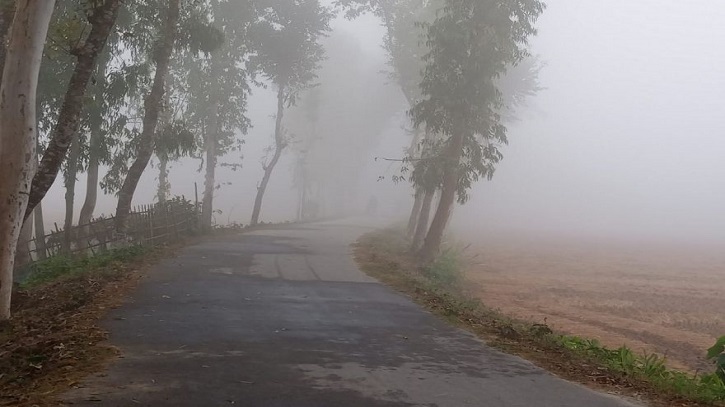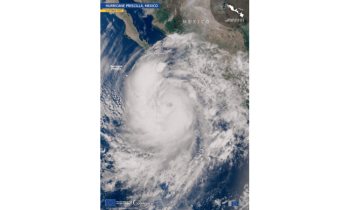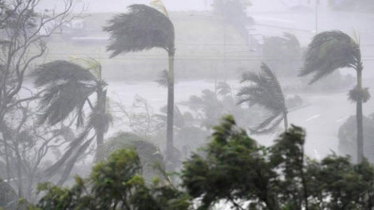
October usually marks the farewell of the monsoon and the arrival of autumn’s clear skies and gentle cool breeze. This year, however, the picture is entirely different. Despite the passing of Bhadr and the nearing end of Ashwin, clouds continue to dominate the skies, accompanied by rain, thunderstorms, and oppressive humidity. Many have described this year’s weather pattern as “unusual.”
Meteorologists say this October’s weather cannot be compared with that of previous years. The withdrawal of the monsoon will take longer than usual, and the rainy trend is expected to persist for some time. Typically, the monsoon begins to retreat from the northern and northwestern regions of Bangladesh in the first week of October, but that has not occurred this year. Instead, the monsoon remains active across the entire country.
According to the Bangladesh Meteorological Department (BMD), the monsoon is expected to withdraw by mid-October. Rainfall will gradually decrease afterward, but temperatures will drop very slowly.
Meteorologist Omar Faruk explained that, according to the Bengali calendar, Ashwin and Kartik represent autumn, followed by Hemanta in Agrahayan and Poush. Normally, winter’s arrival begins during this transition. However, this year, the monsoon is lingering longer than usual, preventing the typical dryness of autumn from setting in. He added that while nighttime temperatures may start to dip slightly in the next two weeks, daytime heat will continue throughout October.
He further mentioned that light to moderate rainfall is likely to occur between October 12 and 13 in Dhaka and other parts of the country. After that, the monsoon will gradually weaken and withdraw.
BMD Director Mominul Islam said there is still no sign of winter yet; instead, heat may persist throughout October. The weather will remain humid until the southwest monsoon fully retreats. Temperatures are expected to begin dropping in the first week of November, when a touch of coolness may finally be felt.
He clarified that the fog currently observed in some areas is not due to cold weather. Rather, it is forming from moisture and cloud activity and cannot yet be classified as winter fog.
Experts attribute this year’s extended monsoon to the influence of El Niño, which has prolonged the rainfall cycle and delayed the onset of winter. They believe that the cool season will not arrive before November.
Dr. Md. Rashed Chowdhury, Climate Researcher and former faculty member of the University of Hawaii’s Water, Climate, and Society program, said global climate change has also altered temperature patterns. The monsoon season has become slightly longer, with rains that previously ended in September now continuing into October.
He added that heavy rainfall and humidity from June to September have left significant moisture in the soil. This lingering moisture contributes to cloud formation even in October. The combination of daytime heat and nighttime cooling creates localized rainfall, a phenomenon sometimes referred to as a “rain bomb.”





